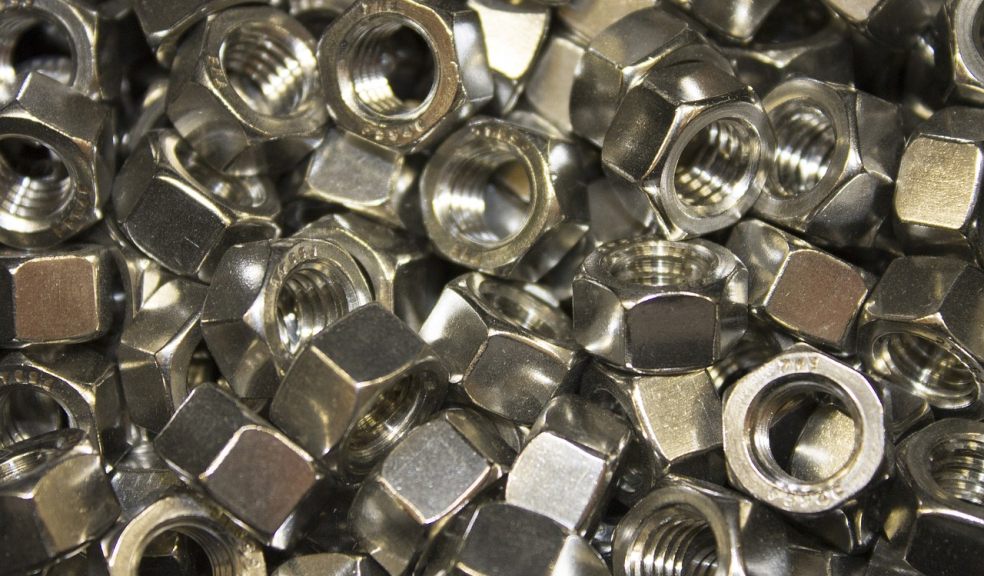
Top Materials Used in Injection Mold Making and Their Applications
Selecting the right material for injection mold making can significantly improve production efficiency by thirty percent and enhance product quality. Most manufacturing industries rely on the injection molding process either directly or indirectly. Choosing the correct material to make these molds is critical as it influences the mold’s durability, precision, and performance. The wrong choice of materials can result in a series of issues and defects such as wear, tear, and sink marks. This article explores the most commonly used materials in injection mold making, their properties, advantages, and ideal applications. Understanding these materials helps you make an informed decision that reflects your production objectives.Key Factors to Consider When Choosing Mold Materials
Choosing the correct mold material for injection molding is key to promoting the performance and reliability of your final product. You must consider factors such as durability, strength, thermal conductivity, corrosion, wear and tear resistance, cost, and machinability.
Durability and Strength
Your injection mold materials must withstand high clamping and injection pressure and temperature during the injection molding process. Clamping pressure keeps the mold in place while injection pressure forces the molten resin into the mold cavities. This high pressure and temperature causes mechanical stress on your mold. Materials with strength like steel that can withstand these extreme conditions are preferably used. Using weak materials can lead to the formation of molding defects.
Thermal conductivity
Efficient heat transfer is necessary during the injection process to reduce cycle times and improve part quality. Materials with high thermal conductivity such as aluminum cool faster reducing the production time but may lack durability like in steel. One must balance between thermal conductivity and other qualities while selecting a molding material to maintain precision and improve production speed.
Corrosion and Wear Resistance
When selecting a material to use during mold injection, you should consider one that can resist damage from abrasive plastics and corrosive additives. Lack or poor resistance leads to the formation of surface defects such as pitting and wear. Stainless steel is ideal for high-volume producers as it is tolerant to corrosive materials and has high resistance to wear and tear.
Cost and Machinability
The type of material dictates the cost and ease of operating the molding machine. Although more expensive and difficult to operate, mold machines made from steel guarantee high performance. These materials save you from costs incurred in frequent maintenance and replacement in the long run. It is important to determine the initial capital investment required and machining costs when selecting the mold material to use. For high-volume producers, steel is an ideal choice. Low-volume producers must consider aluminum for prototyping.
Common Materials Used in Injection Mold Making
The choice you make on the type of mold material to use has a great influence on the performance and durability of the final product. An injection mold factory offers a variety of materials to choose from.
Tool Steels
P20 Steel
- Properties: P20 steel is pre-hardened, and has good machinability and moderate strength.
- Advantages: This type of steel is suitable for mid-volume production and cost-effective for general molds. You do not require additional heat treatment since it is pre-hardened.
- Applications: You should use P20 steel to create plastic components such as automotive interiors and appliance housing.
H13 Steel
- Properties: H13 steel has high heat resistance and excellent toughness and can tolerate high temperatures while maintaining its strength.
- Advantages: This type of steel is ideal for high-temperature applications and molds with long production cycles. It is durable which minimizes the number of breakdowns and repairs.
- Applications: H13 steel is commonly used in the manufacture of automotive and aerospace parts such as engines and other structures that require high durability.
S136 Steel
- Properties: This type of steel has characteristics that guarantee a high degree of polishability and corrosion resistance.
- Advantages: S136 steel is suitable for creating molds that produce optical or transparent plastic parts. It can produce parts without surface defects.
- Applications: You can use S136 steel to make lenses, medical equipment casings, and precision components that require a smooth and clear surface.
Aluminum Alloys
Aluminum alloys offer excellent performance and flexibility during injection molding.
Properties: Aluminum alloys are light thus reducing the weight of the mold. They are used to make injection molding machines that are easy to handle. These alloys have faster cooling cycles due to their good thermal conductivity ability. Aluminum is a metal that creates molds that are easy to machine. This enables you to develop parts with intricate designs at a faster rate than steel.
Advantages: Aluminum alloys are ideal for prototype molding machines or low-volume production due to faster machining and shorter lead times. These types of molds require less initial capital investment than steel molds. If you prioritize speed during manufacturing, these are the perfect types of molds.
Copper Alloys
Copper alloys have unique cooling properties that make it easier to manage heat during injection molding.
Properties: Copper alloys have exceptional thermal conductivity and wear resistance properties. Their thermal conductivity is higher than that of steel and aluminum. They can distribute heat evenly and rapidly. This shortens the production cycles thus saving time and making the production system efficient. Molds made from copper alloys can maintain their structural integrity for a long time because the material has excellent resistance to wear and tear.
Advantages: The production speed increases when you use molds made from copper alloys. Faster cooling times result in faster production cycles and minimal cooling defects. This increases your company’s production efficiency.
Applications: Copper alloys are frequently used for manufacturing mold inserts and components that require faster cooling such as beverage containers and thin-walled parts.
Advantages and Limitations of These Materials
Tool Steels
Advantages: Tool steels are tough, durable, and suitable for production on a large scale. They can resist high temperatures and pressure which makes them reliable. These tools require minimal maintenance and replacement as they are highly resistant to wear from abrasive materials.
Limitations: Mold machines made from steel require high initial costs and machining time compared to other materials.
Aluminum Alloys
Advantages: Aluminum alloy molds are cost-effective for short production runs and prototyping. They are easy to handle and highly machinable due to their lightweight properties. These molds also have rapid cooling times. This allows you to create complicated designs faster without compromising on the quality of your final product.
Limitations: Aluminum alloy molds have lower durability and strength compared to steel. They are not ideal for high-volume production.
Copper Alloys
Advantages: Copper alloys have superior cooling properties that reduce production cycle times. This enhances the quality of thin or heat-sensitive parts by ensuring uniform cooling.
Limitations: They are expensive and less durable than tool steels in high-stress applications and are not suitable for general-purpose molds.
Conclusion
The type of material you use to manufacturing an injection mold is key as it enhances efficiency and reduces costs during production or makes the whole process slow and inefficient. Ensure your choice aligns with your production goals on a short and long-term basis. You can select the most suitable materials for your injection molding mold after carefully analyzing the thermal and pressure resistance, durability, cost, and machining properties of steel, copper, and aluminum.














